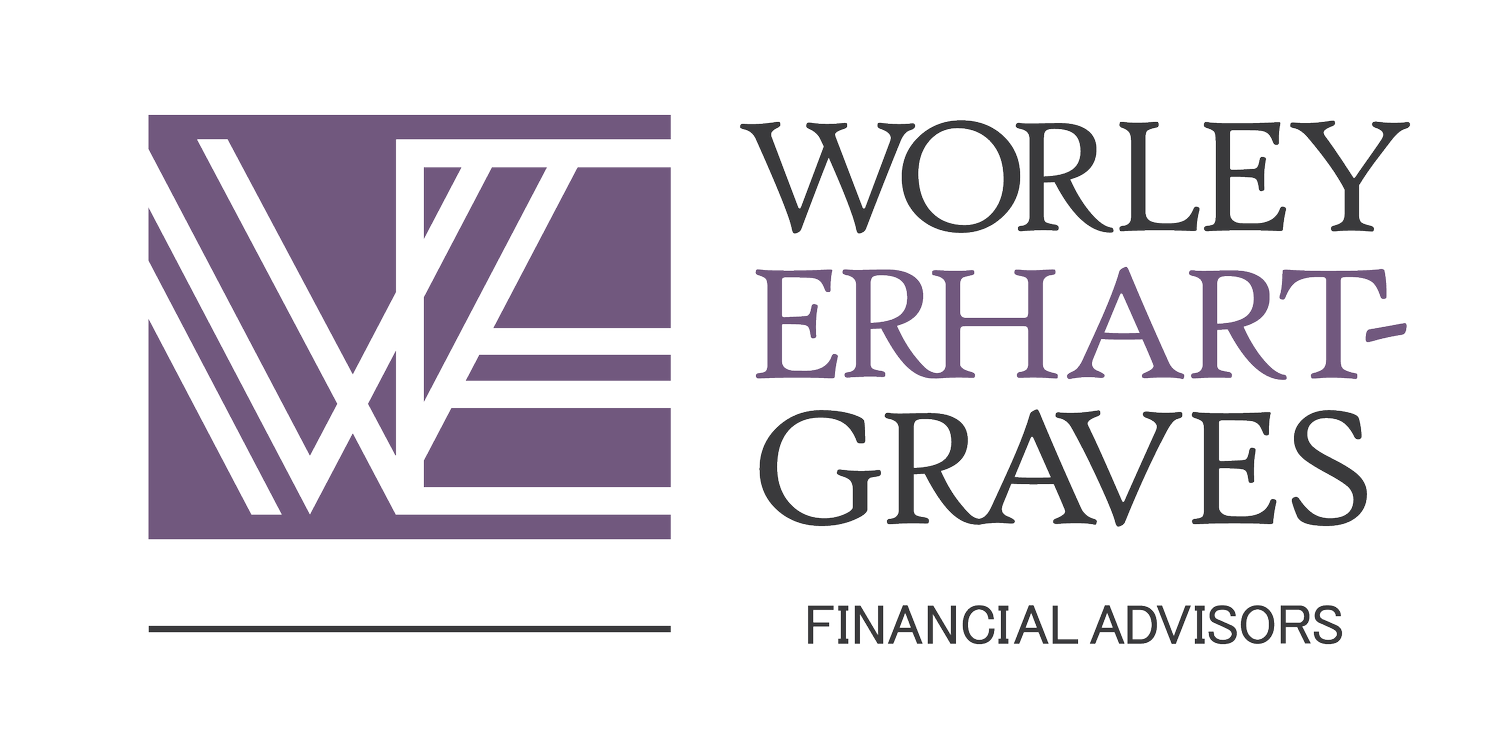Put to the Test
/Over the years, both firms (tax and financial planning) have maintained Disaster Recovery & Contingency Plan Binders. Each employee has a copy issued to them, with the master binder held in esteem at our office. Changes are made frequently. Within these binders, you will find the utmost detail for what to do should something happen to one of us, all of us, our businesses, our industry, our state, our nation or, as in over the past several months, all of the above.
The details within the binder include contact information for our employees, vendors, and websites. It lists our Emergency Response Team Organization, evacuation routine, back-up locations and inventory of our equipment and software. It includes everything we need to know about our information technology and instructions on working remotely. And, it has the disaster information provided by our trusted resources to ensure uninterrupted client services. You may ask why I am writing about our disaster binders. First, because they worked seamlessly; second, because they may provide a starting point for your personal disaster binder.
This has been a turbulent year to say the least. Besides the almost-daily changes to the due dates for filing tax returns and payment deadlines, amidst an already challenging workload, and understanding the plethora of new laws for tax and finance, along with programs enacted to deal with the emergency, closed IRS offices and tax notices about late payments, our utmost concern was for the safety and reassurance of our employees and clients. Our disaster binders had us prepared for most everything and we were able to continue operations without suspension. I can say we exceeded expectations and I am proud to be working with 11 outstanding women in this office who are coming through this chaos stronger and more resilient than ever.
- Pam Smitson, CPA, CGMA, Smitson Erhart-Graves Financial Advisors






